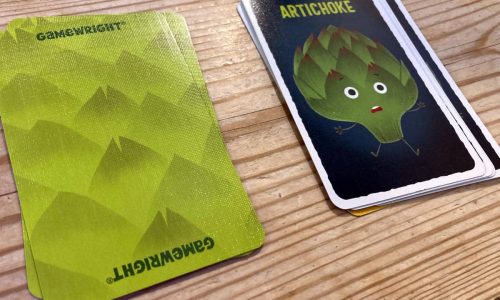
Designed Styles – pigeonholing board game designers (Topic Discussion)
- Nelly
- July 8, 2024
- Board Games
Board game design is a unique art form that requires a deep understanding of game mechanics, player interaction, and thematic elements. Like other forms of design, board game design can be categorized into different styles based on the preferences and approaches of the designer. However, pigeonholing board game designers into specific styles can limit their creativity and innovation.
One common way to categorize board game designers is by looking at the types of games they create. For example, some designers specialize in party games that are light-hearted and focus on social interaction, while others focus on strategy games that require deep thinking and planning. There are also designers who excel in creating thematic games that immerse players in a specific world or story.
While categorizing designers based on the types of games they create can be helpful for consumers looking for games that fit their preferences, it can also be limiting for designers themselves. By pigeonholing designers into specific styles, their work may be overlooked or dismissed if it doesn’t fit neatly into a predefined category. This can stifle creativity and experimentation, as designers may feel pressured to conform to certain expectations rather than pushing the boundaries of what is possible in board game design.
Additionally, pigeonholing designers can create a sense of competition and rivalry within the industry. When designers are seen as belonging to a specific style or category, there may be a tendency to compare their work to others in the same category and determine who is the “best” designer in that particular style. This can breed jealousy and tension among designers, rather than fostering collaboration and a sense of community within the industry.
It’s important to remember that board game design is a diverse and constantly evolving field, with room for a wide range of styles and approaches. Instead of pigeonholing designers into specific categories, we should celebrate the diversity and creativity within the industry. By supporting and encouraging designers to explore new ideas and take risks, we can help to foster a culture of innovation and excellence in board game design.
In conclusion, while it can be helpful to categorize board game designers based on the types of games they create, pigeonholing designers into specific styles can limit their creativity and potential. By embracing diversity and encouraging experimentation, we can help to create a thriving and inclusive community of board game designers who are continually pushing the boundaries of what is possible in game design.


